Say Hello!
Sign In
- Trekking Tips
Facing emergencies at High altitudes
It is astounding to observe how human beings always find their way out of situations or problems. We really make through the thick and thins, if we remain determined and use our intellect. The rational power that we possess is certainly the best gift we could ever possibly receive. But how is all of this relevant here? Well at high altitudes, you exist in an alien vicinity that has quite a varied atmosphere altogether, from cold exposure to reduced amounts of oxygen in the air, it is exasperating to sustain but unsurprisingly we humans manage pretty well. With precautions and management we set our paths into the wild and adapt remarkably. But before an individual sets off to begin his trek, he should have comprehensive research of the terrain he seeks to visit and should certainly have a broad idea about facing emergencies at high altitudes. Here we have compiled all the important guidelines that you need to remember before getting started and also during your trek. Keep reading to learn more.
- Before getting started.
- It is always a good idea to do your domain of preparation before getting started. You should not only be alert but also both mentally and physically fit prior to your trek. While your trip still remains two months or about at least a month ahead, start walking or mildly jogging and running to enhance your stamina. It is important to remember that performing even the most basic functions like walking is tiring and exhausting at high altitudes. Thus allowing your body to feel the drill before the actual trek may turn out to be a little helpful. Hand in hand, working out or exercising, precisely performing cardio exercises can also be really beneficial in increasing the capacity of your lungs that ultimately facilitate the process of respiration at high altitudes.
- The second most important advice before even planning your trek is to undergo a medical check-up to observe any condition that may turn out to be lethal at higher altitudes. Remember to be transparent and honest with your doctor and also earnestly mention any symptoms that you may have observed re-occurs often or don't seem to go away. Completely and absolutely avoid acquiring a false medical certificate without even undergoing a check-up. That would certainly be one of the most foolish steps to follow. Undergoing a medical check-up is really important in cases of trekking to really extreme altitudes.
- Make sure you have all the necessary requisite material packed. Sufficient amount of warm as well as summer clothes because the climate at high altitudes being extremely unpredictable fluctuates at a remarkable rate. A medicine kit with an ample amount of Diamox because you would certainly not want to run out of it during emergency situations. A trekking pole, this is highly suggested since it instantly reduces around 40% of your body weight, keeping you more put together during prolonged treks. Look upon the web if your terrain is prone to rains and carry a raincoat if required. All of these are really handy in situations of emergency since the possibility of finding a restroom out in the wild is really low. A pair of proper and comfortable trekking shoes is also suggested because acquiring shoe bites on the very first day of your trek is absolutely unpleasant.
- On the journey.
- Consume Diamox or one of the prescribed drugs that seek to reduce the possibility of acquiring altitude sickness (discuss this with your trek leader). If you don't already know, altitude sickness or mountain sickness is the most common illness that people face at high altitudes. This results due to the body's slow acclimatization. The amount of oxygen at high altitudes is relatively lower to the amount of oxygen in your usual vicinities hence it becomes quite challenging for your body to adapt and function normally, additionally the constant trekking also adds to the pain. Diamox is known to allow easy passage of air into your body thus facilitating the process of respiration, ultimately improving the adaptation process. Symptoms that are key indicators of altitude sickness include headache, dizziness, nausea, and vomiting, etc.
- Elevate at a considerable and moderate rate. We know that the excitement and thrill of trekking can pump you up to really rapidly elevate but don't let your horses control you, take it slow and steady. Do you not remember who won the Hare and the tortoise race? You definitely do not want to be the hare, alright?
- Constantly hydrate yourself. With all the difficulties your body will already be facing at high altitudes, the last thing you would want to do is dehydrate it. Dehydration is sure to have a discouraging impact on your trek, it leads to tiredness and reduces activity. So gulp a few sips often to simply accelerate your elevation.
- Avoid smoking and drinking since both of them directly lead to dehydration and have a planned warm carbohydrate-rich meal throughout your trek.
These were some of the precautionary measures though easy and do-able but also effective and impactful in indirectly reducing the risks of altitude sickness as well as emergency situations. Avoiding situations is certainly better than facing them successfully. Thus controlling situations before they result into emergency cases are ideal. So, keeping your fellow mates updated of even the slightest disturbances in your health is a wise step to follow. In case you do encounter an emergency situation, your leader or guide usually remains prepared and can advise the best of solutions, so it is important to approach him/her before any other person, this is also why it is important to trek with a professional company. On the other hand, we carry with us along with each batch a set of medical tools that turn out to be very handy during these situations. It usually includes a set of basic medicines like Diamox or acetazolamide, portable oxygen cylinders, and portable altitude chambers. You might be recommended to descend in some cases like HAPE or high altitude pulmonary edema which is the second stage of altitude sickness. Discomfort or shortness of breath despite resting is one of the major symptoms of HAPE. In case of extremely serious situations like encountering HACE or high altitude cerebral edema, these companies also provide descending over a stretcher or even a helicopter rescue in order to provide the best of practical services to the patient. Continued symptoms of acute mountain sickness despite regular medication is a strong symptom of HACE. Loss of appetite, bowel dysfunction, loss of consciousness, confusion, the rapid heartbeat is some of the usual symptoms as well. It is important to not panic in such cases and pay a close ear to the guidelines and advice of your trek leader or even other members of the crew for that matter. They are not only experienced but also have a comprehensive knowledge of these situations. However, emergency cases are rarely observed, in fact HACE is observed to prevail only among the 1% of the population. So basically precautions and preventive measures can easily get you through your trek without much trouble. Therefore read the necessary guidelines before your trek and be a responsible and sensible trekker through your trek to have a sorted and enigmatic overall experience.

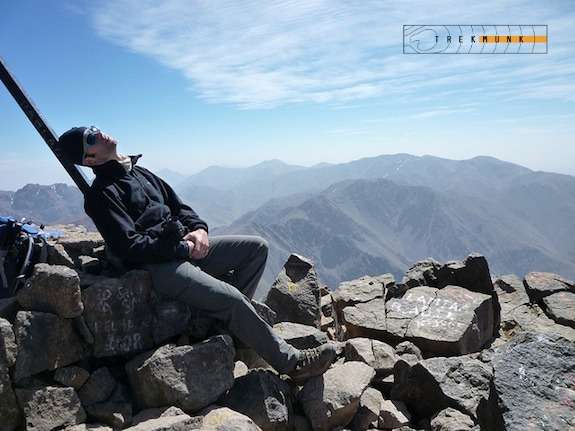
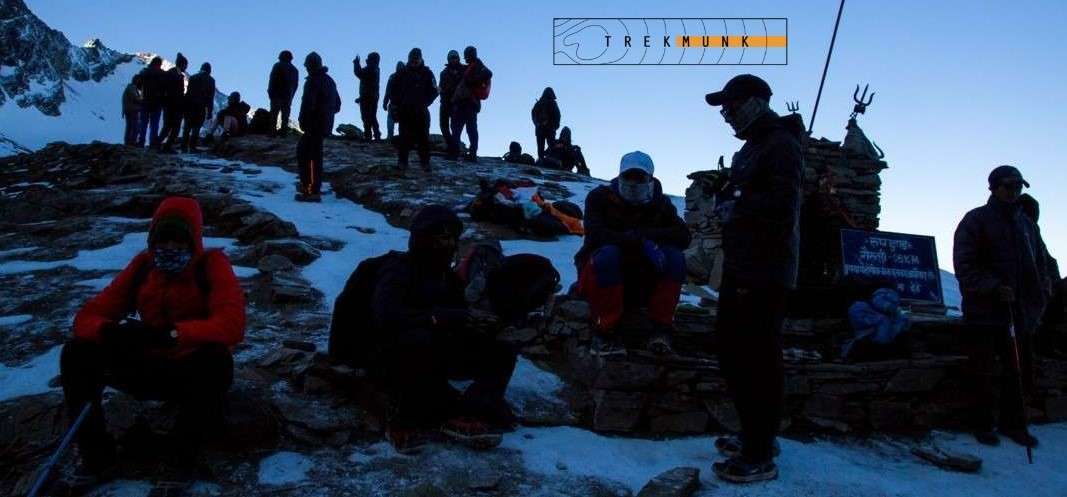
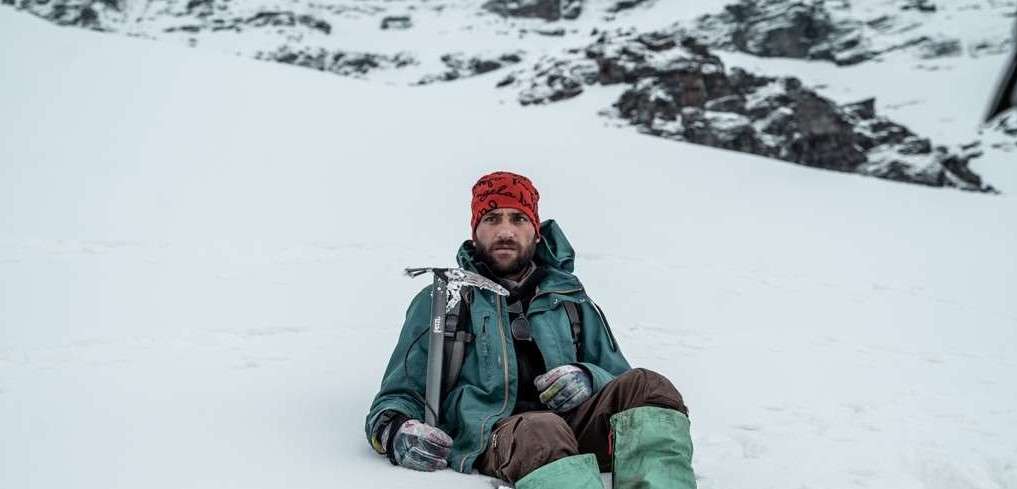
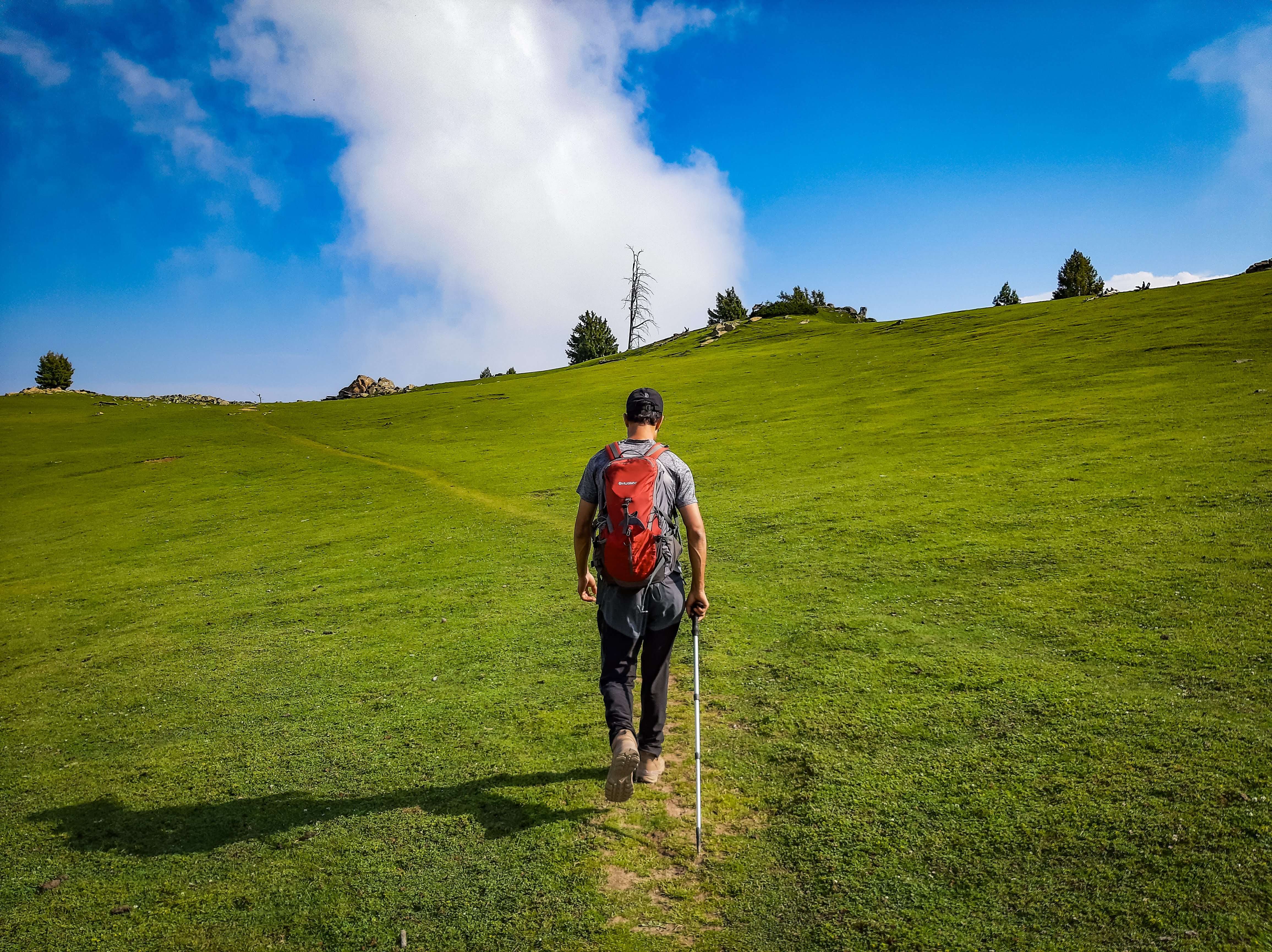
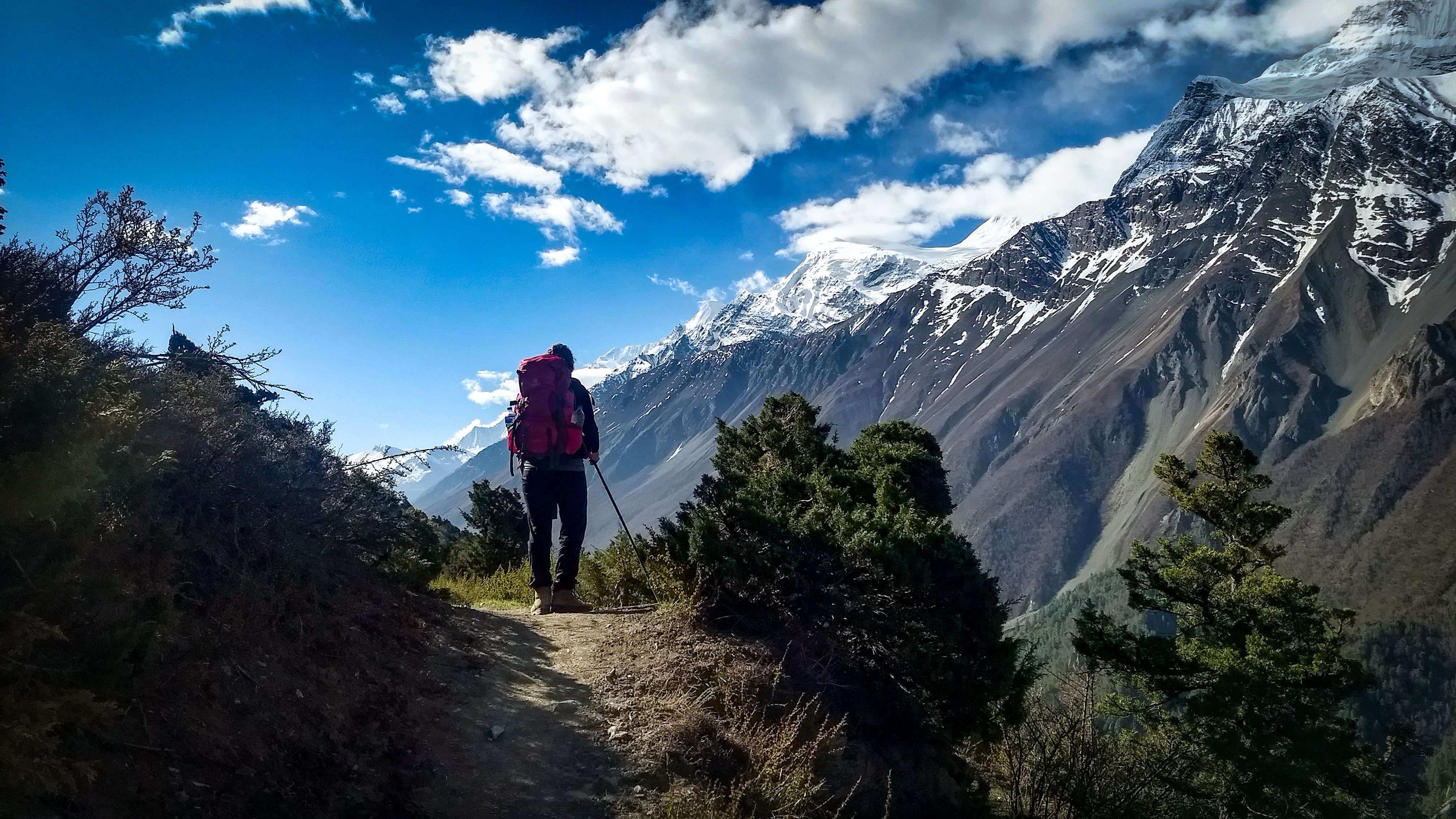
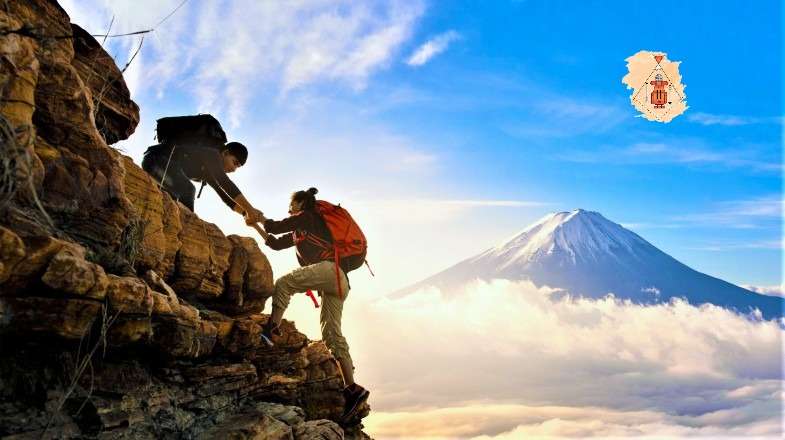
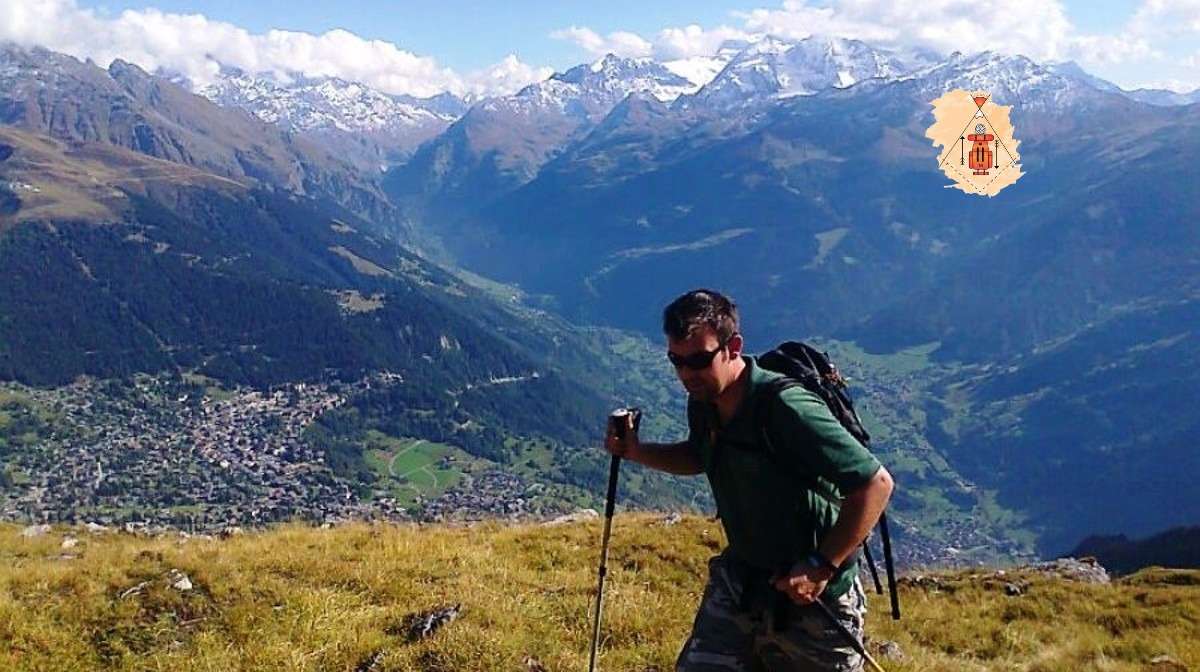
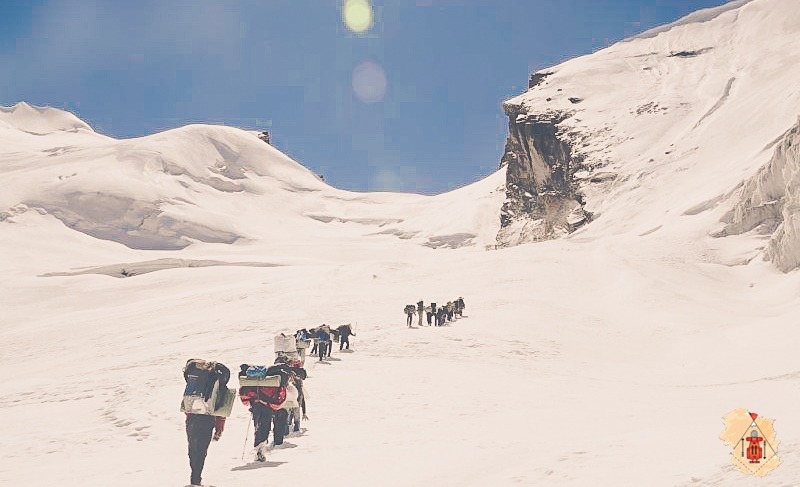
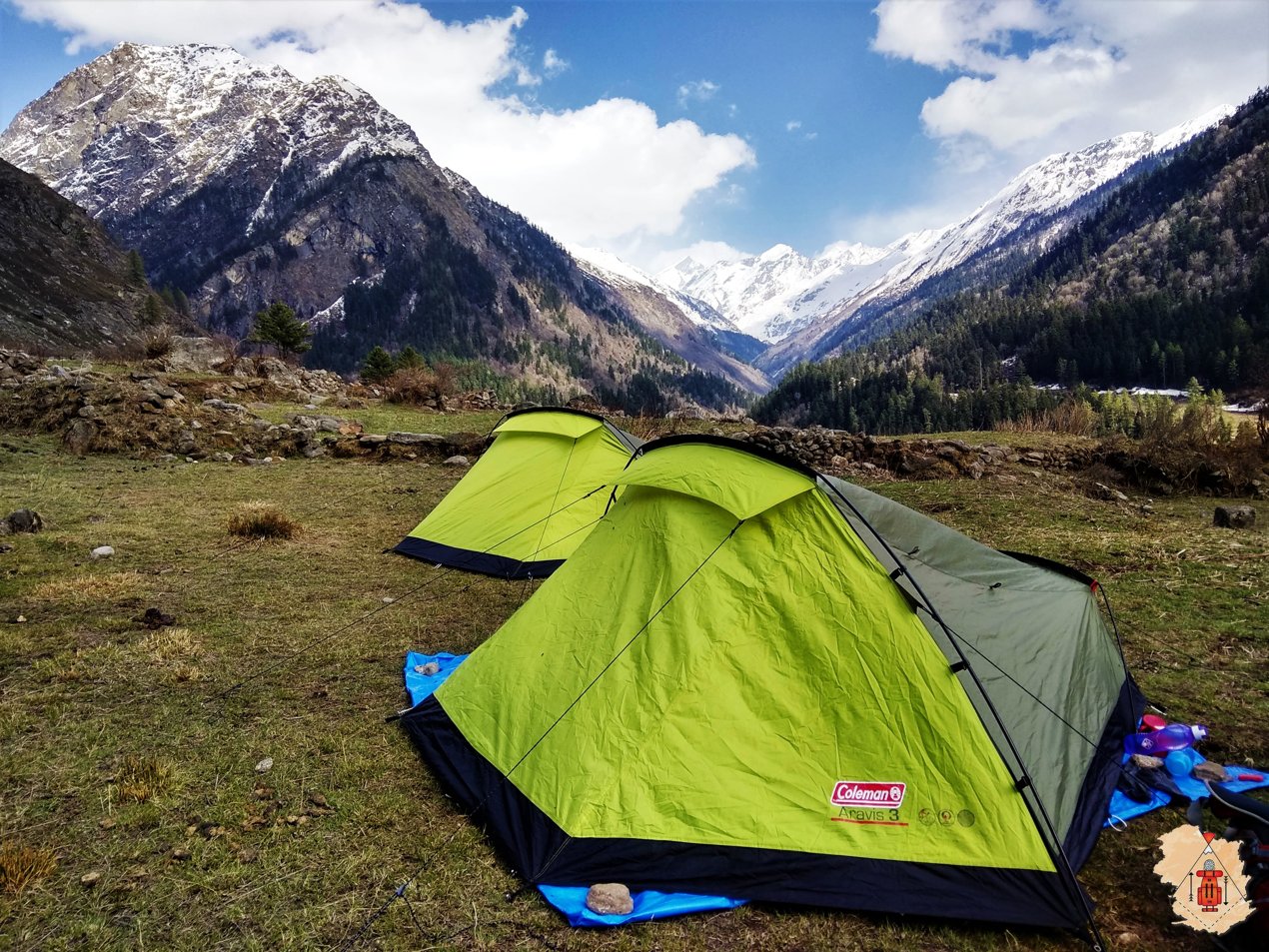
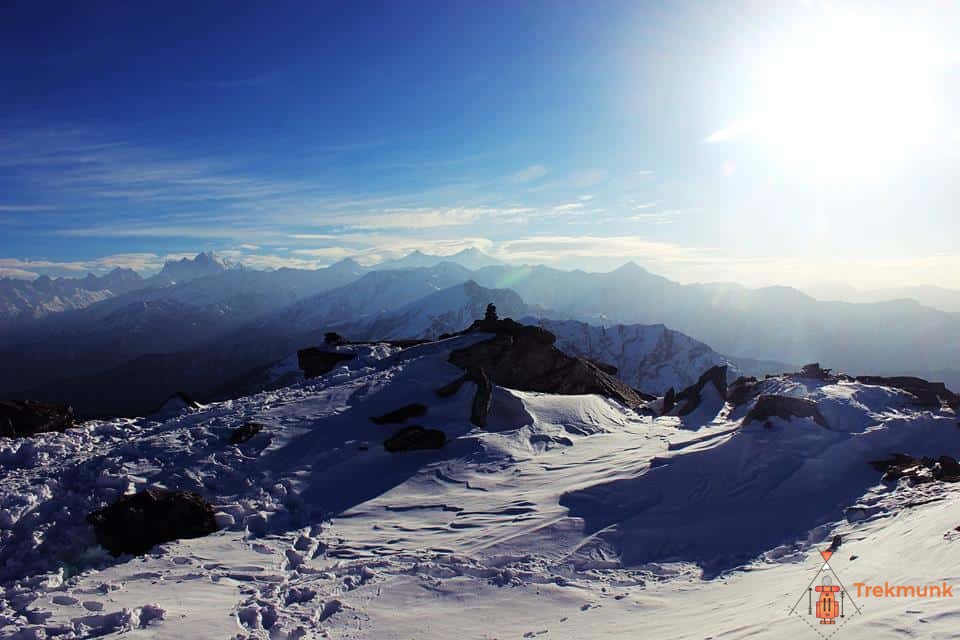
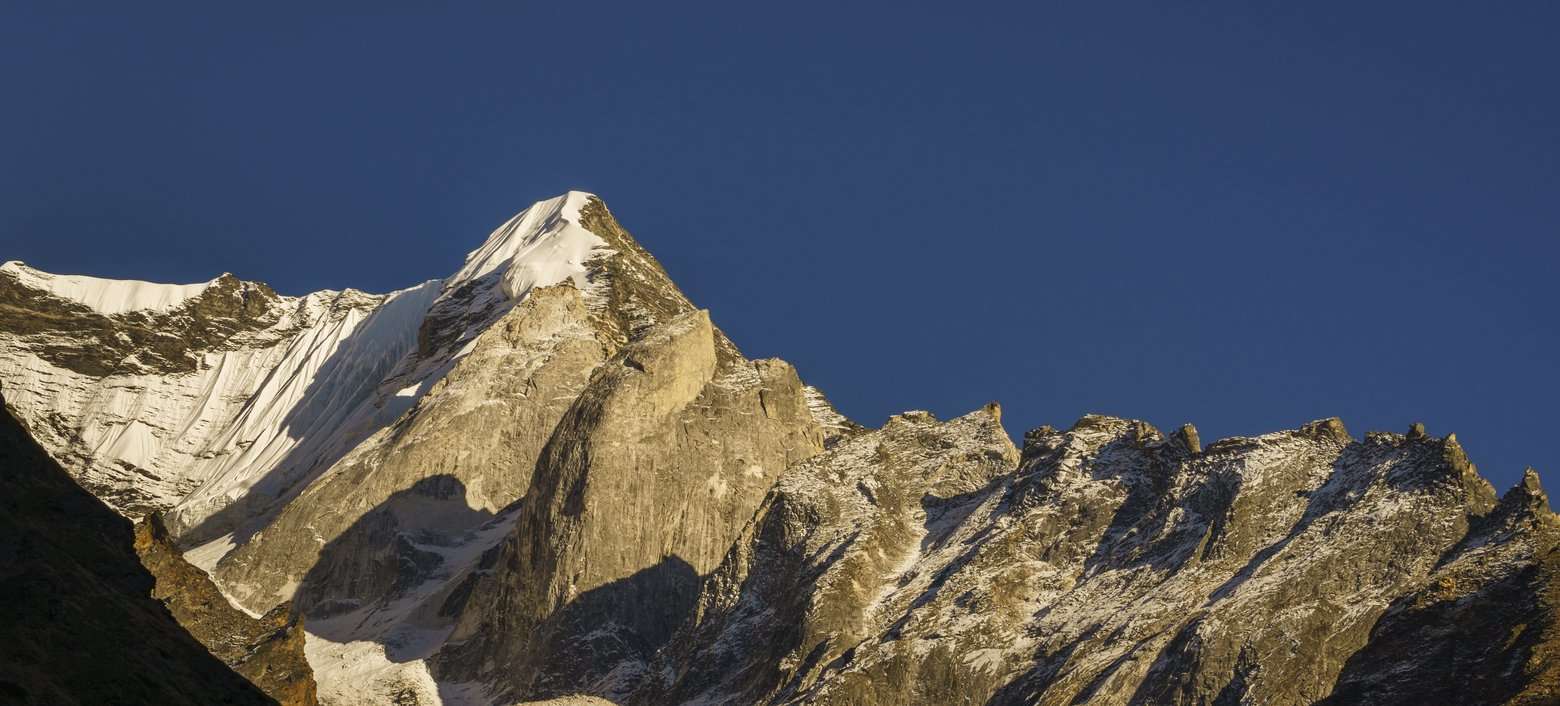
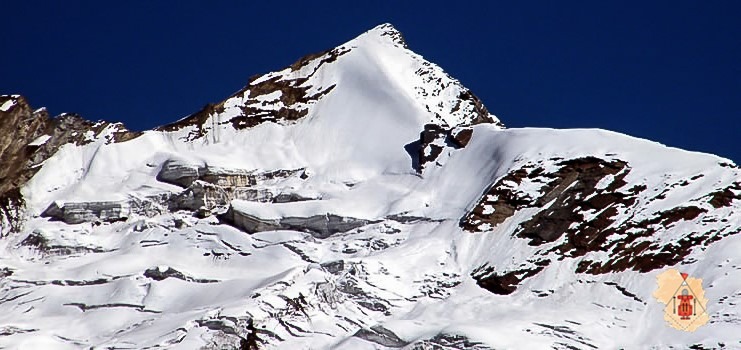
Harshit Patel : Co-Founder at Trekmunk. A certified Mountaineer, Skiier, has led more than 50 high altitude treks in the Indian Himalayas. He is an Engineer by profession but a traveler by passion. He has led treks in Kashmir, Ladakh, Uttarakhand, Himachal Pradesh, West Bengal, Sikkim and Nepal. He is a NOLS certified First Aid Responder and has covered 185,000+ km on Motorcycle. A Poet, Drone Pilot and Videographer at Insane Traveller Productions.